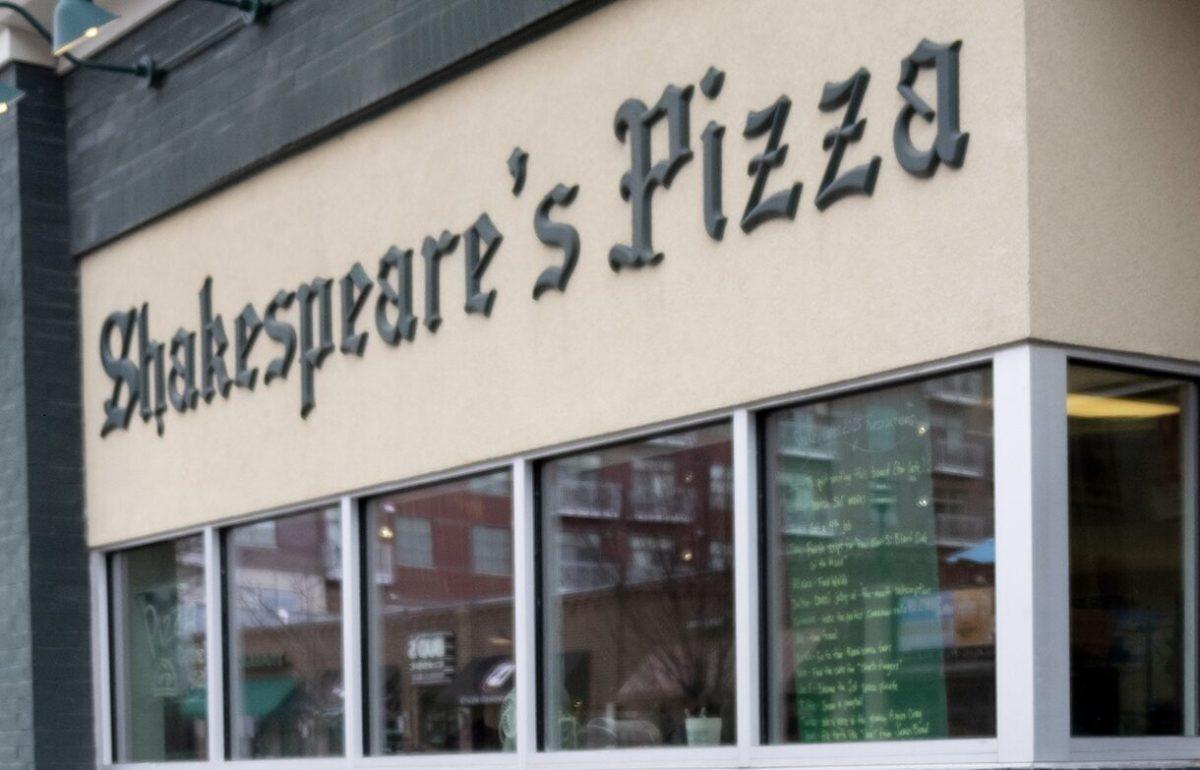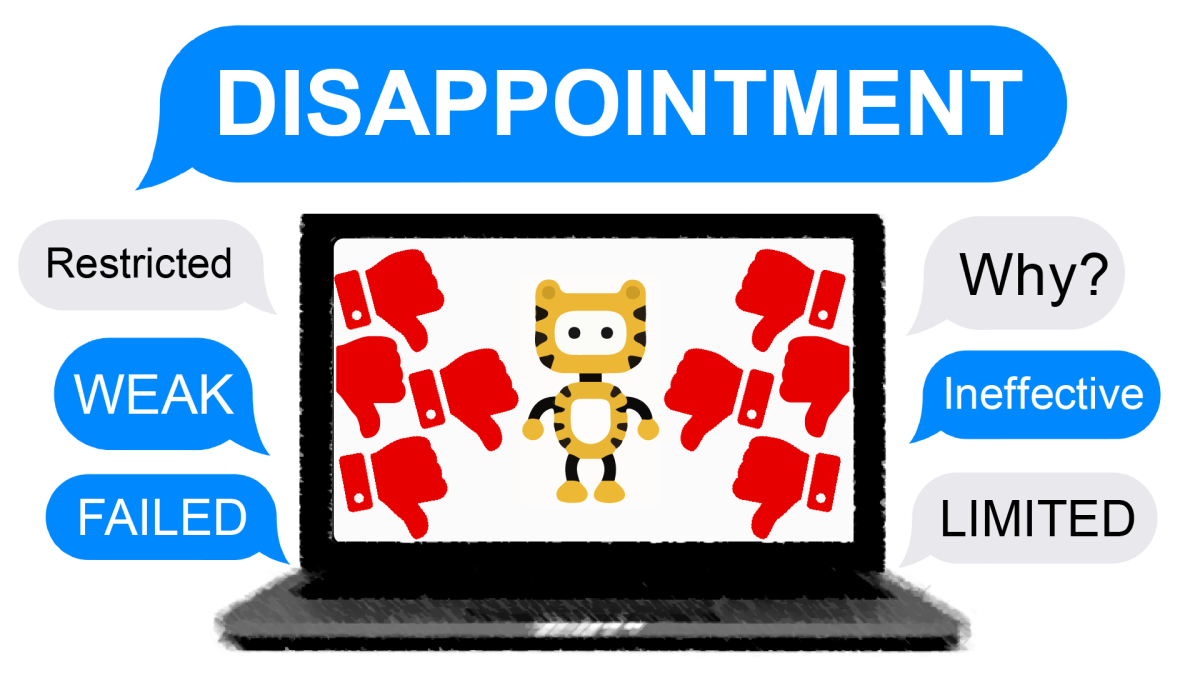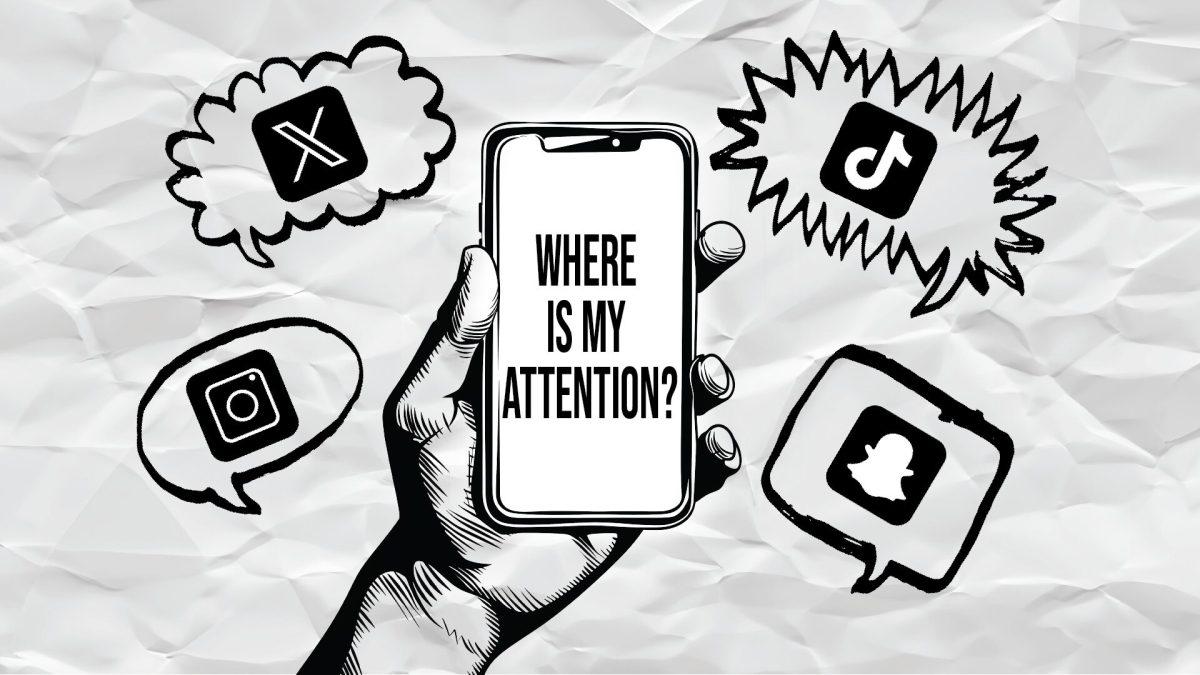Why is it so difficult to get in and out of Columbia?
Over Thanksgiving break, I became more aware of this problem after experiencing Boston’s ubiquitous, easy-to-use transportation system. It can be surprising for first-time visitors to discover how simple it is to navigate the city by using its train and bus system. It’s like a gigantic web that holds together Boston’s vibrant city life.
The reach of the system extends outside city limits. By taking a couple of trains and maybe riding the Amtrak, you can easily find yourself in another Massachusetts town. Really, getting around is so easy that you feel like a local in no time. Except when you say “metro” instead of “T,” of course.
The contrast is almost immediate when arriving at the St. Louis or Kansas City airport. The options for getting to Columbia are not only limited — with odd mass transportation deserts between cities, stations and airports — but also quite expensive. One of the most popular shuttle services, MO-X, charges $100 for each round trip.
In four years, a student traveling home twice a year could spend close to $800 just trying to get to the airport with MO-X. That sum could cover textbook costs for at least two semesters.
There are a few alternatives for students looking to cut costs, but they’re not the most convenient or accessible.
Let’s take a cheaper bus service, for example, such as Greyhound. You could take the bus to St. Louis and then take the Metrolink to the airport. Greyhound, however, only offers two or three trips a day, and air travelers usually don’t have a great deal of time flexibility. You either make it to the airport on time or you just don’t fly. Additionally, the company does not usually offer trips in the morning, automatically ruling out the possibility for those with early flights.
Furthermore, even before catching the bus, students have to find a way to make it to the Greyhound Lines office, which is 3.2 miles from campus — clearly not within walking distance for travelers carrying heavy suitcases. Without spending a considerable amount of money on a cab or asking someone for a ride, even starting a trip can turn into a daunting task.
And of course, asking friends — or strangers, if all else fails — to drive you places is another issue altogether. Understandably, many students who have cars go home as soon as they’re done with school obligations. But it can difficult for students to accommodate their flight schedules to their friends’ desires to get home fast. Or, in a common scenario, a ride to the airport could simply be too much of a detour for students who kindly offer to give you a ride.
In short, students trying to make to the airport by themselves — without making their friends reschedule their dentist appointments or coffee dates with their grandmothers — face difficulties when trying to find alternatives that don’t involve spending half of their monthly earnings.
Even when you make it out of town and back, you should not call it a victory. You will soon realize the city also has its very own transportation issues, which affect students with no cars whose courses require venturing off campus. This is the case for many car-less journalism students, for whom every story is of the investigative kind — not just about the issue at hand, but also about how on earth to meet up with sources for an interview.
The entire transportation issue disproportionately affects international students, whose houses, almost by default, are not within driving distance. Many undergraduate students from other countries are at MU for short time only, and even those who plan to obtain their degrees here are not certain if they will stay in the U.S. past college. In both cases, a car is usually not a smart investment, and thus many international students end up paying large sums of money just to travel in and out of Columbia over the course of their studies.
Or they just become “that friend” who always asks for rides.
Recognizing the limitations of the city’s transportation system, Columbia Transit has proposed the CoMo Connect project to expand bus routes and add more units to the system. A strengthened public transportation system benefits all, making it easier for people to get around by using their time and money more efficiently.
The state of Missouri should follow this example and improve mobility for all. We must remind our elected officials that improving transportation does not only mean constructing better highways, but also providing more possibilities for those who need to travel but don’t have cars. The costs of an inefficient public transportation system are too high, and car-less students and citizens are the ones who bear them. It’s time for this to change.












